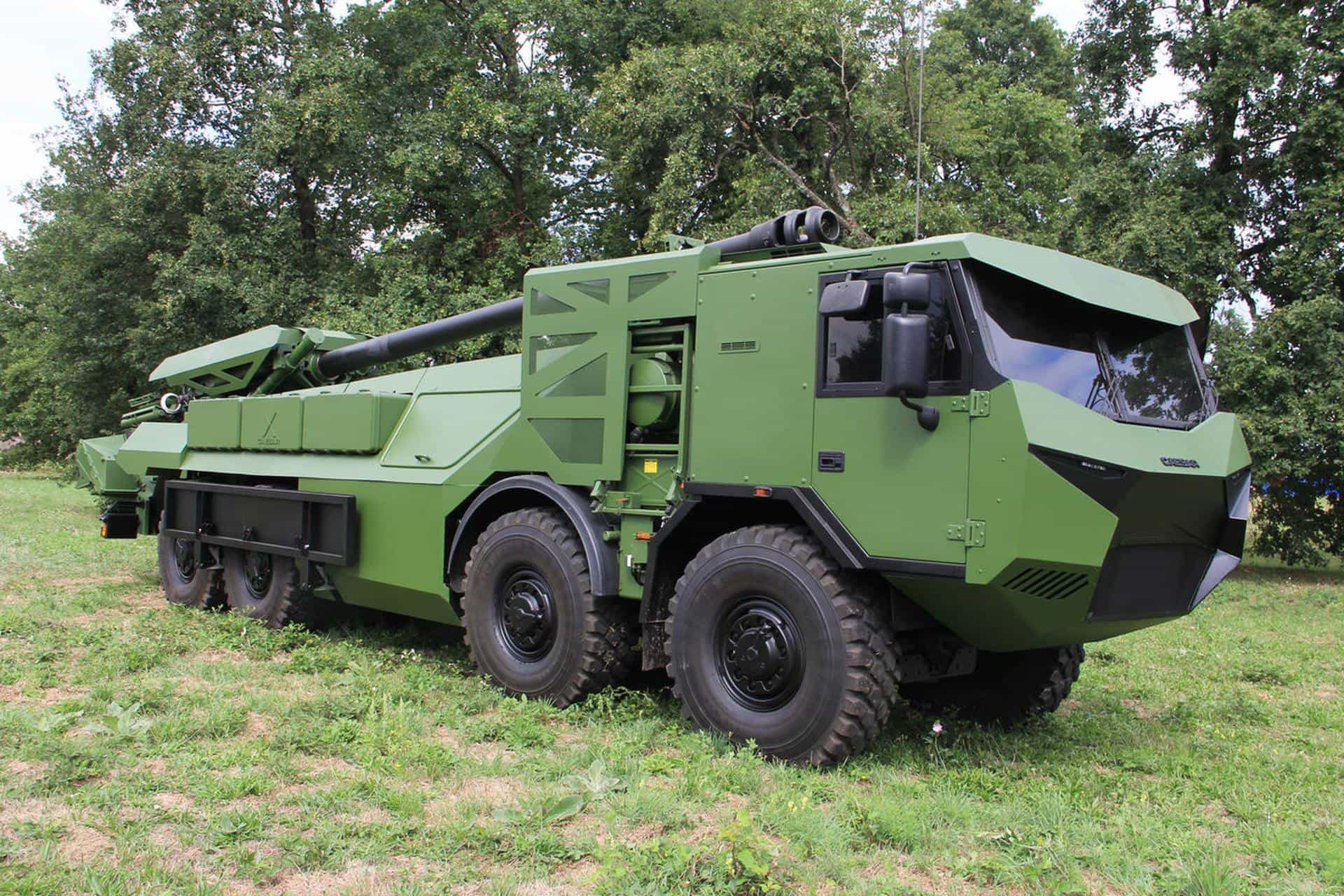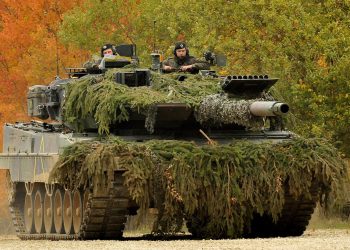ARLINGTON, Va.: The Army is in the midst of several high-tech upgrades to its force tracking system – Force XXI Battle Command Brigade-and-Below, known as FBCB2 – to include new, next-generation software and a new, faster satellite network, service officials said.
As part of this overall effort, the Army is preparing to deploy the high-tech, high-speed Blue Force Tracking 2, a force-tracking satellite-communications network. Although difficult to compare, it is roughly 10 times faster than the existing BFT system, said Lt. Col. Bryan Stephens, BFT product manager.
The current BFT uses half-duplex capability, a term which means that it has only one-way transmission and cannot receive and transmit at the same time. BFT 2 data rates are exponentially faster than the current BFT.
“BFT 2 is full duplex, which means you can transmit and receive at the same time. It is an entirely different architecture,” said Stephens.
In addition, BFT 2 shortens the distance information has to travel; transceivers send information up to a satellite and then immediately down to a ground station, which then quickly sends the information back to deployed units. Current BFT architecture requires that information reach a Network Operations Center located in the United States, Stephens said.
“Today, if you transmit your position-location information in theater operations, it goes to a satellite and then to ground station. Then it is transmitted to a Network Operations Center in the (United States). The NOC sorts it all out and re-broadcasts. When you deal with satellites, you are dealing with latency, as information travels up and down a couple of different times,” said Stephens.
“With the BFT 2 system, we changed that architecture. Instead of going all the way to the NOC, information is going up and down to a ground station. That is much different than going through multiple satellite hops to get processed at the NOCs.”
With BFT 2, situational information can be beamed across the network in seconds, sending images to a ground station, then back up through commercial satellites to forward-deployed units on the move.
The new system vastly improves refresh time as well. Based on a few factors, current BFT can take minutes to load new data and update position-location information, whereas with BFT 2, refresh time is reduced to a matter of seconds, Stephens said.
The new BFT 2 tracking system, which is slated to begin fielding by the end of 2011, is engineered to synch with new BFT software called Joint Battle Command-Platform, or JBC-P, designed to run on existing JV-5 computers or hardware, said Maj. Shane M. Robb, JBC-P assistant product manager.
“With JBC-P, what we are doing is we are leveraging the successes of FBCB2 and the investment in that system,” Robb said.
The Army has about 95,000 BFT systems, the bulk of which are on JV-5 computers already in service, he added.
“The JV-5 computer is in most of the vehicles that are in theater, such as MRAPs and HMMWVs. Rotary-wing assets have different hardware variants. We don’t want to replace all that hardware at once. We are going to use the same hardware with our new software and our new capabilities.
The hardware now is running prototype JBC-P software. As we refresh the hardware, which we need to do after a few years anyway, then we will upgrade it with more capable tablet-style computers that more fully meet our requirements for JBC-P,” Robb said.
JBC-P also comes with improved requirements for accuracy: an icon representing a vehicle on a JBC-P screen has to be within 200 meters of its actual location.
“If you are driving down the road and you see a vehicle or a person, you can look at your screen and associate an icon with what you see on the ground. It helps to mitigate fratricide,” Robb said.
The original FBCB2 screen, which was designed in the 90s, has an old drop-down graphics interface, Robb said.
“JBC-P has a completely redesigned interface, designed to be more intuitive, faster, and more collaborative. It has ‘free draw’ graphics — whereas in the past you had to go through a whole graphics menu. This is powerful for a platoon leader on the ground. In the past to do a change of mission on the fly, you had to go through a cumbersome graphics drawing process and send it, or you had to talk someone through everything on the radio,” said Robb.
“Now, you can draw an arrow or a circle and say ‘I want you to go along this route. I want a support by fire here.’ You can send things easily and it is easier to collaborate on the move with chat and messaging,” Robb explained.
The JBC-P interface, which will begin fielding in 2013 and 2014, is engineered to integrate Tactical Ground Reporting, or TIGR, of Area, Structures, Capabilities, Organizations, People, and Events, known as ASCOPE data.
“TIGR is designed for the lower echelon units – patrol leaders. In the past, a patrol leader would take notes or logs regarding their area in (his or her) green book or binder, but the data gathered was not very easy to search and reuse. With TIGR, which is currently in the company-level TOCs [Tactical Operations Centers] after a patrol, the patrol leaders can type out their reports into the TIGR system. They upload any photos or reports of interviews, or other events. The data is all geo-referenced and time stamped and it feeds into a larger database” said Robb.
As a result, the next time Soldiers prepare to go out on a patrol, they can highlight their route and any events that have occurred along that route will show up as icons, Robb explained.
“They are then able to view the reports, photos and other data associated with each icon and modify their patrol plan as needed. While TIGR currently exists in the TOC, with JBC-P, TIGR will be integrated and on the vehicles,” Robb said.









